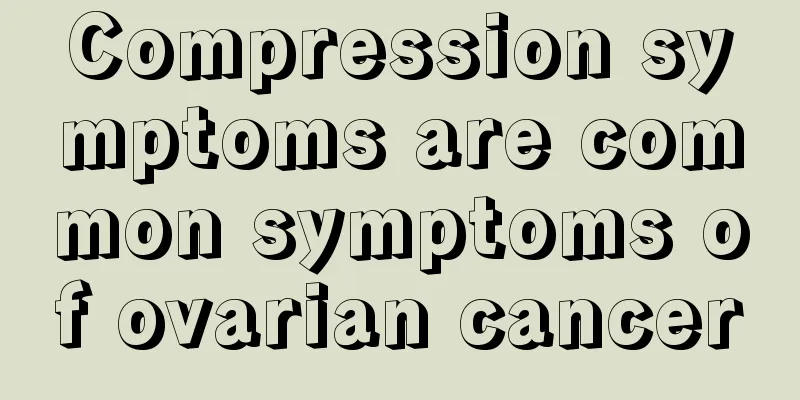Can nasopharyngeal cancer be transmitted to children?

|
Because the symptoms are not obvious, nasopharyngeal cancer is not easy to be detected in the early stages. In view of this situation, it is very necessary for patients to understand the symptoms of nasopharyngeal cancer in detail. After all, the incidence of rhinitis is still very high. Many patients are asking, is nasopharyngeal cancer contagious? Let's ask relevant experts to answer this question. Nasopharyngeal carcinoma refers to a malignant tumor originating from the nasopharyngeal mucosal epithelium and glands. It often occurs at the top of the posterior wall of the nasopharynx, followed by the side wall. It is extremely rare for it to occur at the front wall and bottom wall. Most of the patients are middle-aged people, but there are also teenagers who are sick. Although nasopharyngeal carcinoma patients are found in many countries and regions on the five continents, the incidence rate is low in most parts of the world, generally below 1/100,000. The incidence rate of nasopharyngeal carcinoma is higher in southern China, especially in Zhaoqing, Foshan and Guangzhou in the central and western parts of Guangdong. The incidence rate in Sihui, Zhaoqing is 25.12/100,000 for men and 12.11/100,000 for women; in Zhongshan, it is 21.73/100,000 for men and 8.66/100,000 for women; in Hong Kong, it is 24.3/100,000 for men and 10.2/100,000 for women. It is reported that the incidence rate of men living in central Guangdong Province and speaking Cantonese is 30-50/100,000. As far as the whole country is concerned, the incidence rate of nasopharyngeal carcinoma gradually decreases from south to north, such as the incidence rate in the northernmost part is no higher than 2-3/100,000. Nasopharyngeal carcinoma refers to a malignant tumor that occurs on the top and side walls of the nasopharyngeal cavity. It is one of the most common malignant tumors in my country, and its incidence rate ranks first among malignant tumors of the ear, nose and throat. Common clinical symptoms include nasal congestion, blood in mucus, stuffy ears, hearing loss, diplopia and headache. Most nasopharyngeal carcinomas are moderately sensitive to radiotherapy, and radiotherapy is the first choice for nasopharyngeal carcinoma. However, for highly differentiated cancers, advanced disease courses and recurrence after radiotherapy, surgical resection and chemotherapy are also indispensable means. What are the characteristics of early stage nasopharyngeal carcinoma? First, tinnitus Tinnitus is an early characteristic of nasopharyngeal carcinoma, which also includes a stuffy feeling in the ears and hearing loss, which are early signs of nasopharyngeal carcinoma. This symptom is caused by the patient's nasopharyngeal carcinoma neoplasm blocking the Eustachian tube opening on the affected side. Hearing loss may also be caused by further deterioration of nasopharyngeal carcinoma and damage to the auditory nerve. Tinnitus and hearing loss are often misdiagnosed as otitis media or other diseases, which delays treatment. Second, swollen lymph nodes in the neck What are the characteristics of early nasopharyngeal carcinoma? Including swollen lymph nodes in the neck. Because it is not obvious, many nasopharyngeal carcinoma patients often seek medical treatment after accidentally discovering a "lump" on their neck. This "lump" is actually swollen lymph nodes. Swollen lymph nodes in the neck of patients with nasopharyngeal carcinoma are often misdiagnosed as inflammation. For neck lumps that do not shrink after anti-inflammatory treatment, or even continue to grow rapidly, timely examination and diagnosis are required. Dermatomyositis is a serious connective tissue disease. The relationship between malignant tumors and dermatomyositis has not yet been clarified, but the incidence of malignant tumors in patients with dermatomyositis is at least 5 times higher than that of normal people. Therefore, patients with dermatomyositis must undergo a careful full-body examination in order to discover hidden malignant tumors. Third, blood in the nose and nose bleeding The early symptoms of nasopharyngeal carcinoma are also manifested in nose bleeding, mainly manifested as blood in the nasal mucus, or bloody nasal mucus sucked back from the mouth. Blood in the nose often occurs after getting up in the morning. When the amount of blood in the nose is not large, it is often neglected by patients and mistaken for rhinitis or sinusitis. Experts remind everyone that although the existence of nasopharyngeal cancer makes us feel terrified, we cannot refuse treatment because of fear. On the contrary, it is because the disease is scary that we should treat it more actively. In the face of the disease, we must have confidence in victory and effective treatment measures. |
<<: Can nasopharyngeal cancer infect children?
>>: Is nasopharyngeal cancer contagious?
Recommend
How to make acne disappear completely
Acne, also known as acne, blackheads or pimples, ...
Will playing basketball make you taller? Three points to note
Many parents believe that letting their children ...
How to treat hamartoma
Do you know about hamartoma? I think many people ...
What exercises can expand the spinal canal?
The spine is the most important standard skeleton...
What is the best way to treat malignant bone cancer
How to treat malignant bone cancer? What is the b...
Formula of five-grain powder for strengthening spleen and stomach
Dietary supplements are better than medical suppl...
X-ray manifestations of chondrosarcoma-like bone cancer
Chondrosarcoma is a malignant bone cancer that oc...
Is vulvar leukoplakia easy to cure in the early stages?
Vulvar leukoplakia is a serious problem that plag...
What is the reason for bitter and sour mouth
I believe many people have experienced a bitter a...
Symptoms of advanced esophageal cancer, scientific treatment to prolong life
There will be many complications in the later sta...
Purpose and usage of edible pure alkali
Alkali is not unfamiliar to us. It is not a commo...
How to make wonton wrapper dough
Some stuffed pasta needs to be boiled in water be...
The difference between neurology and psychiatry
In daily life, when people can't stand someon...
Which acupoints are best for massaging gray hair?
Under tremendous work pressure, people's ment...
What are the diagnostic criteria for chronic arsenic poisoning
Chronic arsenic poisoning is a very serious pheno...









